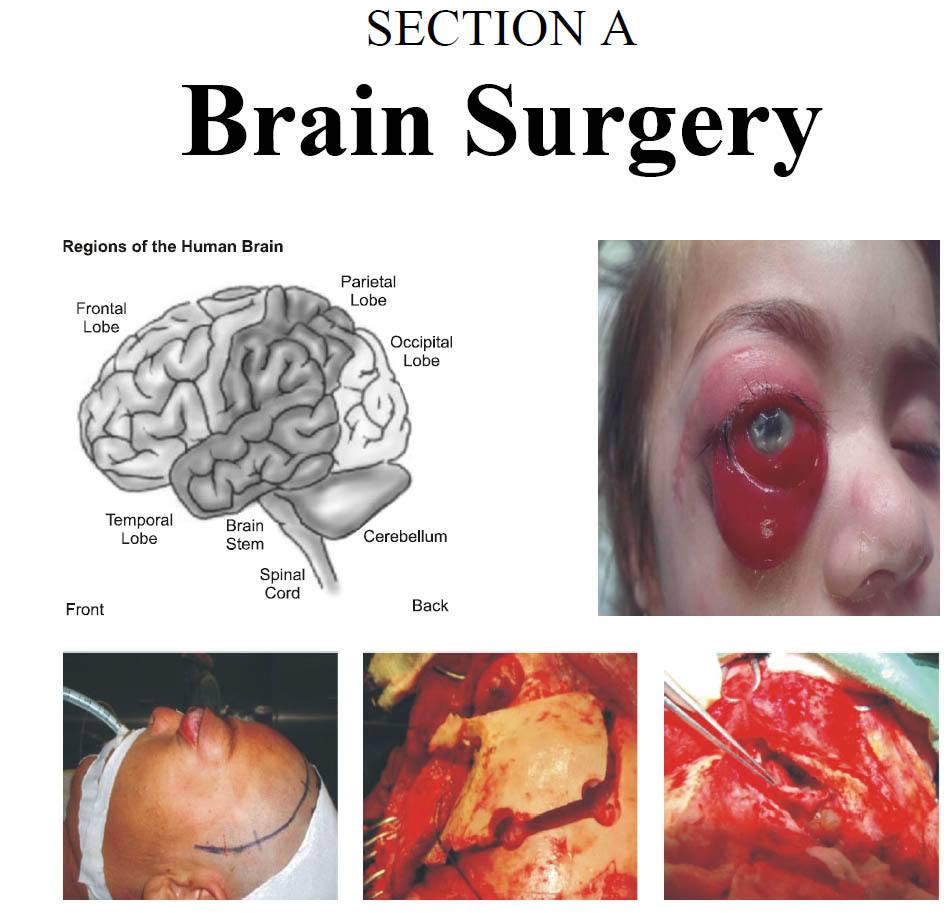Prevalence of Post Traumatic Amnesia after Mild Closed Traumatic Brain Injury by Galveston Orientation and Amnesia Test
DOI:
https://doi.org/10.36552/pjns.v23i3.354Keywords:
Traumatic brain injury, Post traumatic amnesia, Galveston Orientation and Amnesia Test, TBI, PTA, GOATAbstract
Objective: We evaluated the frequency of post traumatic amnesia (PTA) in close mild traumatic brain injury (TBI) via. Galveston Orientation and Amnesia Test (GOAT).
Materials & Methods: A total of 115 patients with mild TBI, both male and female, aged between 14 to 60 years and presenting within the first 6 hours were included. Assessment with the GOAT was performed within 6 hours of admission. Post traumatic amnesia was recorded.
Results: Patients’ mean age was 39.21 years. Majority of the patients (64.34%) were between 36- 60 years of age. Prevalence of post traumatic amnesia (PTA) in closed mild TBI was found in 27.83% patients, whereas, there was no post traumatic amnesia in 72.17% patients. Mean admission GCS was 14.54 and the mean GOAT score was 83.89 in all patients GCS 14/15. There was more prevalence of PTA in age 36-60 years, in male patients and “time since injury” in >3 hours. Mean GOAT was 68.3 in patients (30.19%) with PTA with GCS 14, whereas, mean GOAT was 74.8 in patients (25.80%) with PTA with GCS 15.
Conclusion: 30.19% patients with GCS 14, were positive for PTA (GOAT: 68.3). Overall, 28% patients were positive for PTA. This study concluded that prevalence of post traumatic amnesia in mild TBI is relatively high in our study as compared to other recent reports.
Abbreviations: TBI: Traumatic Brain Injury. PTA: Post Traumatic Amnesia. GOAT: Galveston Orientation and Amnesia Test. GCS: Glaucoma Outcome Scale. LOC: Loss of Consciousness. CT: Computed Tomography.
References
2. Stead L, Bodhit A, Patel P, Daneshvar Y, Peters K, Mazzuoccolo A et al. TBI surveillance using the common data elements for traumatic brain injury: a population study. International Journal of Emergency Medicine, 2013; 6 (1): 5.
3. Umerani MS, Abbas A, Sharif S.Traumatic brain injuries: experience from a tertiary care centre in Pakistan.Turk Neurosurg. 2014; 24 (1): 19-24.
4. Bhatti J, Stevens K, Mir M, Hyder A, Razzak J. Emergency care of traumatic brain injuries in Pakistan: a multicenter study. BMC Emergency Medicine, 2015; 15 (Suppl. 2): S12.
5. Barman A, Chatterjee A, Bhide R. Cognitive impairment and rehabilitation strategies after traumatic brain injury. Indian J Psychol Med. 2016; 38 (3): 172.
6. Bosch M, McKenzie J, Mortimer D, Tavender E, Francis J, Brennan S et al. Implementing evidence-based recommended practices for the management of patients with mild traumatic brain injuries in Australian emergency care departments: study protocol for a cluster randomised controlled trial. Trials, 2014; 15 (1): 281.
7. Ponsford J, Cameron P, Fitzgerald M, Grant M, Mikocka-Walus A. Long-Term Outcomes after Uncomplicated Mild Traumatic Brain Injury: A Comparison with Trauma Controls. Journal of Neurotrauma, 2011; 28 (6): 937-946.
8. Nakase-Richardson R, Sherer M, Seel R, Hart T, Hanks R, Arango-Lasprilla J et al. Utility of post-traumatic amnesia in predicting 1-year productivity following traumatic brain injury: comparison of the Russell and Mississippi PTA classification intervals. Journal of Neurology, Neurosurgery & Psychiatry, 2011; 82 (5): 494-499.
9. Moin P, Khalighinejad N, Yusefi A, Farajzadegan Z, Barekatain M. Converting three general-cognitive function scales into persian and assessment of their validity and reliability. Int J Prev Med. 2011; 2: 82–7.
10. Frasnelli J, Laguë-Beauvais M, LeBlanc J, Alturki A, Champoux M, Couturier C et al. Olfactory function in acute traumatic brain injury. Clinical Neurology and Neurosurgery, 2016; 140:68-72.
11. Thomas D, Collins M, Saladino R, Frank V, Raab J, Zuckerbraun N. Identifying Neurocognitive Deficits in Adolescents Following Concussion. Academic Emergency Medicine, 2011; 18 (3): 246-254.
12. Foks KA, Dijkland SA, Steyerberg EW. Response to Walker et al. (Doi: 10.1089/neu. 2017.5359): Predicting long-term global outcome after traumatic brain injury. Journal of neurotrauma, 2019; 36 (8): 1382-3.
13. Ponsford JL, Spitz G, McKenzie D. Using post-traumatic amnesia to predict outcome after traumatic brain injury. Journal of neurotrauma, 2016; 33 (11): 997-1004.
14. Silva SCF, Sousa RMCd. Galveston orientation and amnesia test: applicability and relation with the Glasgow Coma Scale. Revista latino-americana de enfermagem. 2007; 15 (4): 651-7.

Downloads
Published
Issue
Section
License
The work published by PJNS is licensed under a Creative Commons Attribution-NonCommercial 4.0 International (CC BY-NC 4.0). Copyrights on any open access article published by Pakistan Journal of Neurological Surgery are retained by the author(s).












